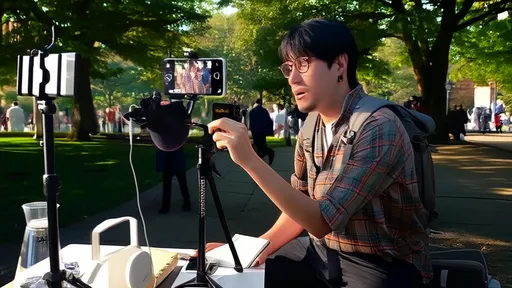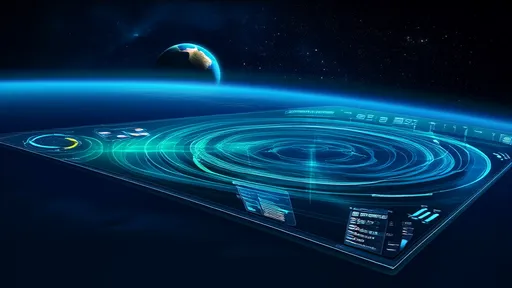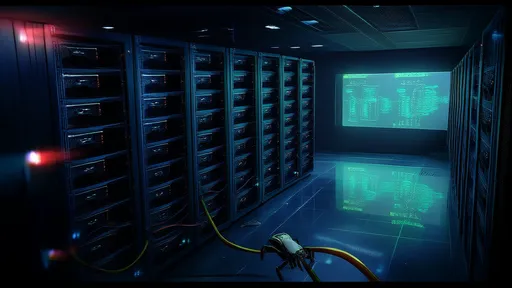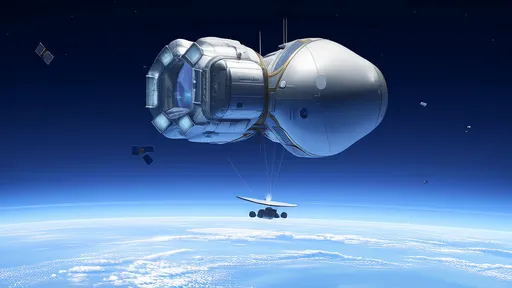The concept of a smart dust monitoring network blanketing entire cities with billions of sensors may sound like science fiction, but it is rapidly becoming a tangible reality. As urban populations swell and environmental concerns intensify, the need for real-time, granular data on air quality, pollution, and other environmental factors has never been greater. This emerging technology promises to revolutionize how cities monitor and respond to environmental challenges, offering unprecedented levels of detail and accuracy.
At the heart of this transformation are tiny, wireless sensors—often no larger than a grain of sand—that can be dispersed throughout urban environments. These sensors, collectively referred to as smart dust, are equipped with the ability to measure a wide range of environmental parameters, from particulate matter and toxic gases to temperature and humidity. Unlike traditional monitoring stations, which are limited in number and coverage, smart dust sensors can be deployed en masse, creating a dense, interconnected web of data points.
The implications of such a network are profound. For the first time, city planners, environmental agencies, and even individual citizens could have access to hyper-localized data on air quality and pollution levels. Imagine being able to check the air quality on your street in real time, or receiving alerts when pollution levels exceed safe thresholds. This level of detail could empower communities to take proactive measures, such as adjusting outdoor activities or advocating for policy changes in high-pollution areas.
One of the most compelling aspects of smart dust is its scalability. Because the sensors are small and inexpensive to produce, they can be deployed in vast numbers, covering every corner of a city. This stands in stark contrast to traditional monitoring systems, which often rely on a handful of large, expensive stations. With billions of sensors in place, the network becomes incredibly resilient; even if some sensors fail or are damaged, the overall system remains functional. This redundancy ensures continuous data collection, even in the face of technical or environmental challenges.
Of course, the deployment of such a vast sensor network is not without its hurdles. One of the primary challenges is power. Smart dust sensors must operate for extended periods without requiring frequent battery replacements or recharging. Researchers are exploring a variety of solutions, from energy-harvesting technologies that draw power from ambient light or vibrations to ultra-low-power designs that minimize energy consumption. Advances in battery technology, such as solid-state batteries, could also play a crucial role in extending the operational life of these sensors.
Another critical consideration is data management. A network of billions of sensors generates an enormous volume of data, which must be collected, processed, and analyzed in real time. This requires robust infrastructure, including edge computing capabilities to handle data processing locally and reduce latency. Cloud-based platforms will likely play a central role in aggregating and interpreting the data, but ensuring the security and privacy of this information is paramount. Cities will need to implement stringent protocols to protect sensitive data and prevent misuse.
Despite these challenges, the potential benefits of a smart dust monitoring network are too significant to ignore. For urban residents, the technology could lead to healthier living environments by providing actionable insights into pollution hotspots. For policymakers, it offers a powerful tool for enforcing environmental regulations and tracking the effectiveness of green initiatives. And for scientists, the data generated by these sensors could unlock new understandings of urban ecosystems and their impact on human health.
The road to widespread adoption will undoubtedly require collaboration across multiple sectors. Governments, tech companies, and research institutions must work together to address technical, logistical, and ethical concerns. Public-private partnerships could accelerate the development and deployment of smart dust networks, while community engagement will be essential to ensure that the technology meets the needs of all citizens, not just those in affluent areas.
As we look to the future, the vision of a city blanketed in smart dust is no longer a distant dream but an imminent possibility. The convergence of advancements in sensor technology, wireless communication, and data analytics has brought us to the brink of a new era in urban environmental monitoring. While challenges remain, the promise of cleaner, smarter, and more responsive cities makes the pursuit of this technology a worthy endeavor.
In the coming years, we can expect to see pilot projects and early implementations of smart dust networks in cities around the world. These initial deployments will provide valuable insights into the practicalities of scaling the technology and integrating it into existing urban infrastructures. As the technology matures and costs continue to decline, the dream of a billion-sensor city may soon become a standard feature of modern urban life.

By /Jul 2, 2025

By /Jul 2, 2025

By /Jul 2, 2025

By /Jul 2, 2025

By /Jul 2, 2025

By /Jul 2, 2025

By /Jul 2, 2025

By /Jul 2, 2025

By /Jul 2, 2025

By /Jul 2, 2025

By /Jul 2, 2025

By /Jul 2, 2025

By /Jul 2, 2025

By /Jul 2, 2025

By /Jul 2, 2025

By /Jul 2, 2025

By /Jul 2, 2025

By /Jul 2, 2025

By /Jul 2, 2025

By /Jul 2, 2025